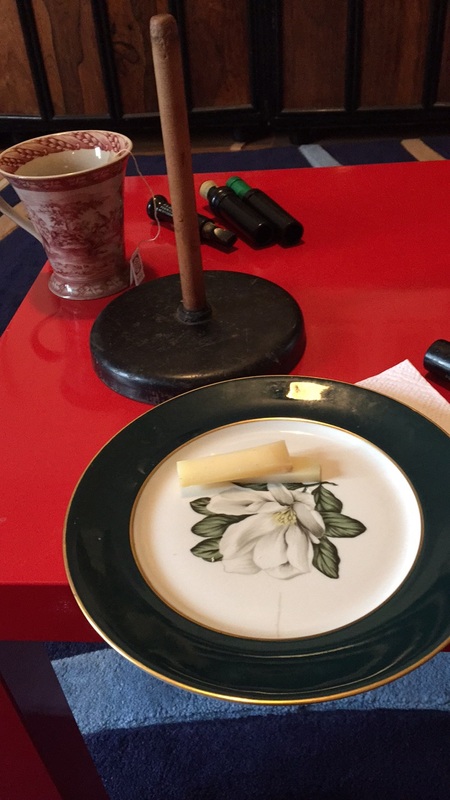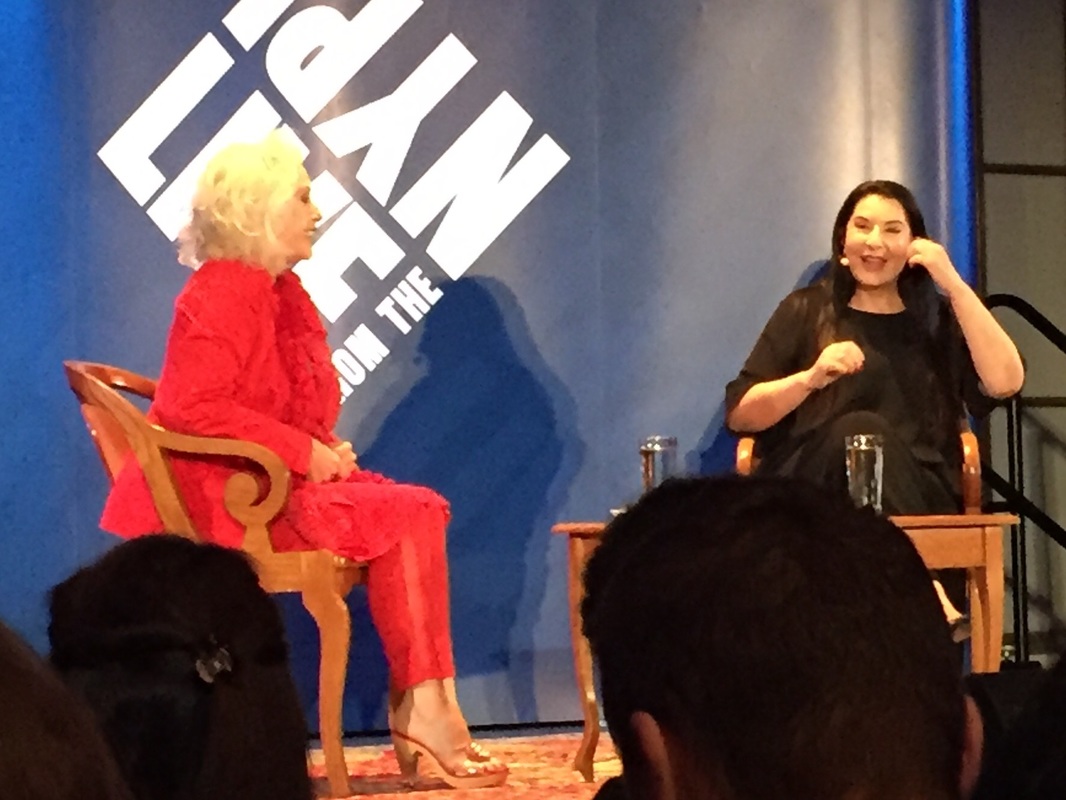We had our last day of Studio – where has the time gone???
Class began by talking about interpretations of CPE Bach’s Sonata in A minor. Jenn was taking a 19th century, Romantic-style inspired approach, stemming from a teacher in Berlin. This teacher took into consideration the resonate chapel-like space the piece may have been written for, and also suggested breaking the piece down into short ideas. Robert argued for the overall effect and internal consistency. He also pointed out that the traverso flute had a light sound in the low register, except for low D, which can clearly be seen in the piece. My favorite part in talking about this piece and the interpretation of it was when Robert played us a recording of an improvisation he did with a cellist and pianist based on the piece. It was VERY different, but still well-informed and cohesive. I know there’s a huge debate concerning authenticity of music from these early eras, but my thought is that you can do a “historical” performance or do one influenced by the entirety of music history, just be informed and have a solid reason for choosing to interpret the music in whichever way you do.
In talking about the different things we learned over the semester, I brought up the fact that sometimes where I am in my menstrual cycle can really impact my lips and therefore my sound, even when I’m doing throat singing. Relatedly, Robert said that he’s found chamomile tea to be the best as an emergency way to warm the lips. Guess I’ll have to try that!
Considering our upcoming performance, we talked a bit about other great performers. Arthur Rubinstein came up, and Robert commented on how Rubinstein was thought to choose one person in the audience and then play to that one person, therefore making everyone in the audience feel as if he was playing just for them. It’s an interesting thought.
Other things:
- There are three universal “rules” according to Robert: 1) Sh*t happens 2) It’s not about you #) F*** them if they can’t take a joke.
- Robert let me try some fancy French cheese he had bought.
Class began by talking about interpretations of CPE Bach’s Sonata in A minor. Jenn was taking a 19th century, Romantic-style inspired approach, stemming from a teacher in Berlin. This teacher took into consideration the resonate chapel-like space the piece may have been written for, and also suggested breaking the piece down into short ideas. Robert argued for the overall effect and internal consistency. He also pointed out that the traverso flute had a light sound in the low register, except for low D, which can clearly be seen in the piece. My favorite part in talking about this piece and the interpretation of it was when Robert played us a recording of an improvisation he did with a cellist and pianist based on the piece. It was VERY different, but still well-informed and cohesive. I know there’s a huge debate concerning authenticity of music from these early eras, but my thought is that you can do a “historical” performance or do one influenced by the entirety of music history, just be informed and have a solid reason for choosing to interpret the music in whichever way you do.
In talking about the different things we learned over the semester, I brought up the fact that sometimes where I am in my menstrual cycle can really impact my lips and therefore my sound, even when I’m doing throat singing. Relatedly, Robert said that he’s found chamomile tea to be the best as an emergency way to warm the lips. Guess I’ll have to try that!
Considering our upcoming performance, we talked a bit about other great performers. Arthur Rubinstein came up, and Robert commented on how Rubinstein was thought to choose one person in the audience and then play to that one person, therefore making everyone in the audience feel as if he was playing just for them. It’s an interesting thought.
Other things:
- There are three universal “rules” according to Robert: 1) Sh*t happens 2) It’s not about you #) F*** them if they can’t take a joke.
- Robert let me try some fancy French cheese he had bought.
French cheese (and wild animal calls)
- Check out Derek Sivers’s website for ideas concerning many different creative aspects for musicians.
- I tried real, legitimate ramen!
- Sarah, Jennifer, and I sat in the FIFTH ROW at Carnegie Hall for a performance by The Orchestra Now (the group Tyson plays with). It was a program of "Denounced" Russian music. I really enjoyed Myaskovsky's Symphony No. 25. Jennifer and I even got to sit backstage with the musicians for a bit (shh).
- Tyson, Jennifer, Sarah, and I watched Harry Potter and the Half-Blood Prince. All the feels. But we had chili and cornbread to help with the pain.
Until next time!
- I tried real, legitimate ramen!
- Sarah, Jennifer, and I sat in the FIFTH ROW at Carnegie Hall for a performance by The Orchestra Now (the group Tyson plays with). It was a program of "Denounced" Russian music. I really enjoyed Myaskovsky's Symphony No. 25. Jennifer and I even got to sit backstage with the musicians for a bit (shh).
- Tyson, Jennifer, Sarah, and I watched Harry Potter and the Half-Blood Prince. All the feels. But we had chili and cornbread to help with the pain.
Until next time!

